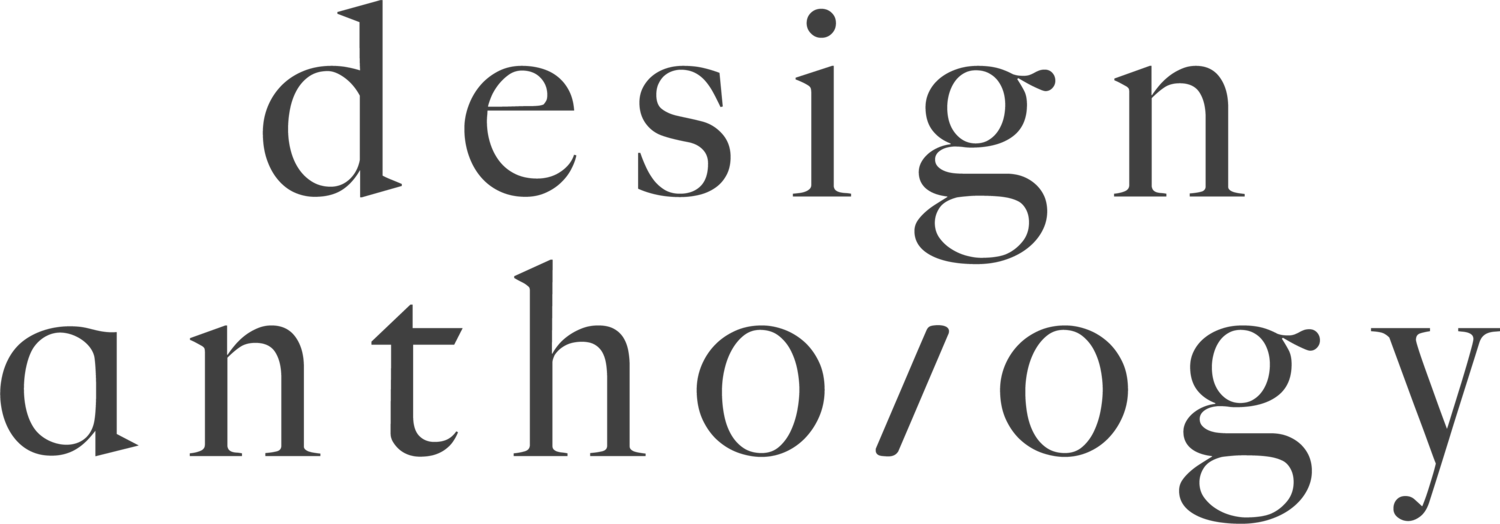Aesop by Design
Since its founding in 1987, Antipodean skincare brand Aesop has been renowned for its commitment to design and hospitality. Each one of the 400-plus Aesop stores is unique, conceived by designers and architects from around the world but always with the same emphasis on product, place and people
Aesop as we know it today has its origins in Emeis, the hair salon opened by founder Dennis Paphitis in 1987. The small salon was the testing ground for many of the principles that have come to define the brand today: quiet confidence, an egalitarian approach, a singular aesthetic that’s as much a design approach as it is a visceral feeling, and a belief that ‘good design improves lives’.
As the story goes, when Paphitis opened Emeis, he spent almost all of the business loan on a flush-mount mirror to achieve the perfect look, and the original trolley used in that salon is still in the Aesop archive — early anecdotes that reveal Aesop’s commitment to design from the very beginning. Today, through its offices and stores around the world, the brand invests in the creative industries — collecting design pieces, supporting the arts, working with cultural and literary institutions and more.
In the beginning and as it is today, decisions have always been made in the name of design, with deep consideration for the power of the image and the customer’s experience. ‘There’s a museum-like quality that invites customers to take in the brand and products on display. How long do they allow themselves to pause?’ asks chief customer officer Suzanne Santos, who started out as Emeis’s first employee and has been with Aesop ever since. ‘You should take it in, breathe it in. It’s there for you. It’s not there for you to run in, grab your face wash and run out. It’s there as an experience.’
Suzanne Santos
Paphitis is known to refer to the stores as charms on a gold charm bracelet: each unique and special in its own right, and together making up a beautiful, robust objet. The first Aesop store opened in Melbourne’s St Kilda, followed by a store in central Melbourne and then another in Taipei shortly after. Since then, stores have opened on almost every continent, some designed by the likes of the Campana brothers, Snøhetta, CASE-REAL and Jo Nagasaka, and others by a roster of established and emerging names, all of whom work in close collaboration with Aesop’s own in-house design team. Ilse Crawford, the eminent British designer known for her human-centred approach, was an early collaborator and partner. She designed Aesop’s first store in the UK and its first Danish store in Copenhagen’s Frederiksberg in 2016. That she’s the founder of the department of Man and Wellbeing at the Design Academy Eindhoven is no coincidence.
‘There are hundreds of Aesop stores, but running through them are symbolic examples that hold everything together and that we cherish as a brand,’ Santos says. ‘The sink, the lighting, the placing of furniture, the introduction of seating to make it a place where you can actually pause. They’re symbols of being wanted and welcome.’
But there’s more than symbolism. Aesop’s design ethos is grounded by an approach of architectural restraint and modesty. The stores have a contemporary domestic quality and aesthetic, where quality is favoured over opulence and materials are applied in intelligent and unexpected ways, all guided by the principle of achieving the maximum effect with the minimal amount of materials.








